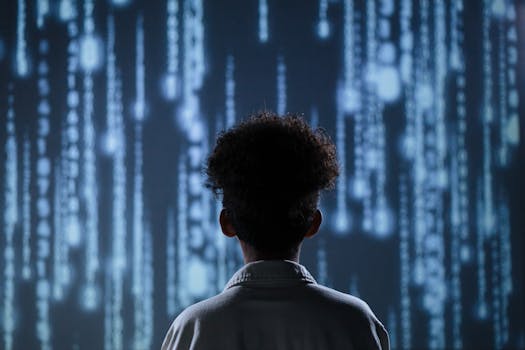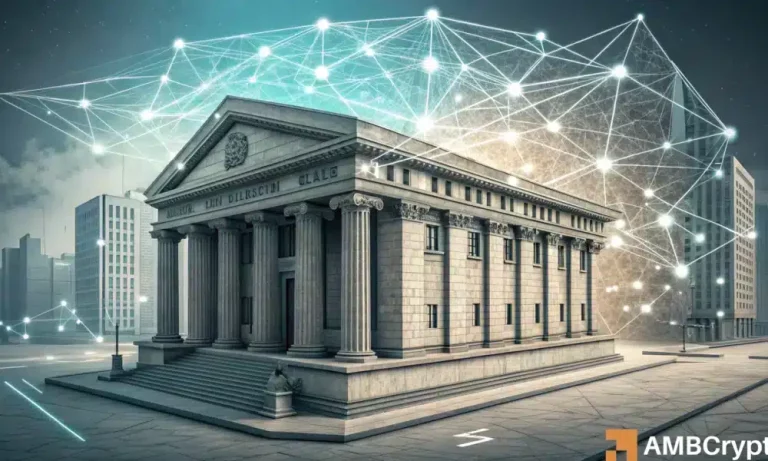
A Glimpse into the Future of Education

As we advance towards 2025, the landscape of education is poised for profound transformation driven by innovative technology, changing societal needs, and a reimagining of traditional pedagogical frameworks. This article explores five primary trends projected to shape education in the near future, emphasizing personalized learning, technology integration, mental wellness, equitable access, and adaptable learning environments.
1. Personalized Learning Experiences

One of the most notable trends anticipated for 2025 is the shift towards personalized learning experiences tailored to the unique needs and ambitions of each student. Education systems are increasingly seeing the limitations of a one-size-fits-all approach, and are embracing differentiated education as the standard.
This approach utilizes continuous assessment models powered by sophisticated analytics, allowing educators to tailor materials and lessons to fit individual learning paces and styles. For example, through adaptive learning platforms, students can engage with content that matches their previous performance and preferences, facilitating better engagement and comprehension.
Moreover, the role of teachers is evolving – from deliverers of content to facilitators of learning. In this model, educators guide students, support project-based and inquiry-based learning, fostering critical thinking and intrinsic motivation.
2. Integration of Advanced Technology

The burgeoning role of technology in education is not merely a trend but rather an essential dimension of contemporary learning environments. By 2025, we can expect education to fully embrace a vast array of digital tools that enhance instructional methods, enabling immersive learning experiences like never before.
Virtual reality (VR) and augmented reality (AR) are expected to foster experiential learning that connects classroom resources to real-life applications. Imagine students exploring distant historical sites in 3D or conducting virtual science labs from their homes. These groundbreaking experiences can spark curiosity and enable deeper understanding.
Moreover, artificial intelligence (AI) will continue to reshape education more broadly. From AI tutors guiding students through math problems to algorithms predicting student success and making recommendations for interventions, AI will play a critical role in creating a responsive educational ecosystem.
3. Mental Health and Emotional Wellness

The awareness surrounding students’ mental health and emotional wellness is set to significantly influence education by 2025. With rising concerns about student mental health issues exacerbated by stress, social isolation, and uncertainty, educational institutions are increasingly prioritizing mental health supports as integral to the learning process.
Programs aimed at developing resilience, coping mechanisms, and emotional intelligence will be staples in educational curriculums. The focus is shifting not just on academic outcomes but on holistic development, understanding that the success of students is embedded in their overall well-being.
Moreover, schools and facilities will likely incorporate resources such as counselors or partnerships with mental health professionals to provide students with holistic care, making space that prioritizes emotional learning alongside academic rigors.
4. Enhancing Equitable Access to Quality Education

Equitable access to quality education remains a substantial challenge that leaders worldwide are determined to address by 2025. Notable advancements in technology have the potential to bridge gaps that have historically marginalized certain populations, ensuring that all students can access high-quality education.
For instance, remote education resources can empower students in rural or economically disadvantaged areas. Additionally, initiatives can emerge to synthesize those resources with on-the-ground local educators, creating collaborative frameworks designed to uplift entire communities through exposed educational horizons.
By harnessing the promise of platforms combining online resources with local engagement, there is remarkable potential to uproot long-standing disparities in educational access, settings driving towards community-driven educational innovation.
5. Adaptable Learning Environments

By 2025, expect to see a transformation of physical learning environments to become more adaptable and conducive to a wide range of educational methods. Modern classrooms will sport flexible designs where spaces can morph according to curricular needs or student activities, supporting co-operative group work, solitary study, or technology-driven exploration.
There is also the growing potential of hybrid learning environments. Flexible spaces that blend traditional classroom methods with online access will empower learners needing alternative approaches, maintaining connectivity to resources outside school walls alongside definitive in-class interactions.
This agility in learning in tandem with design can extend accessibility not just in the short hours of class-based learning traditionally seen, but through enhanced continuous interpersonal engagement and peer learning experiences beyond typical school hours.






